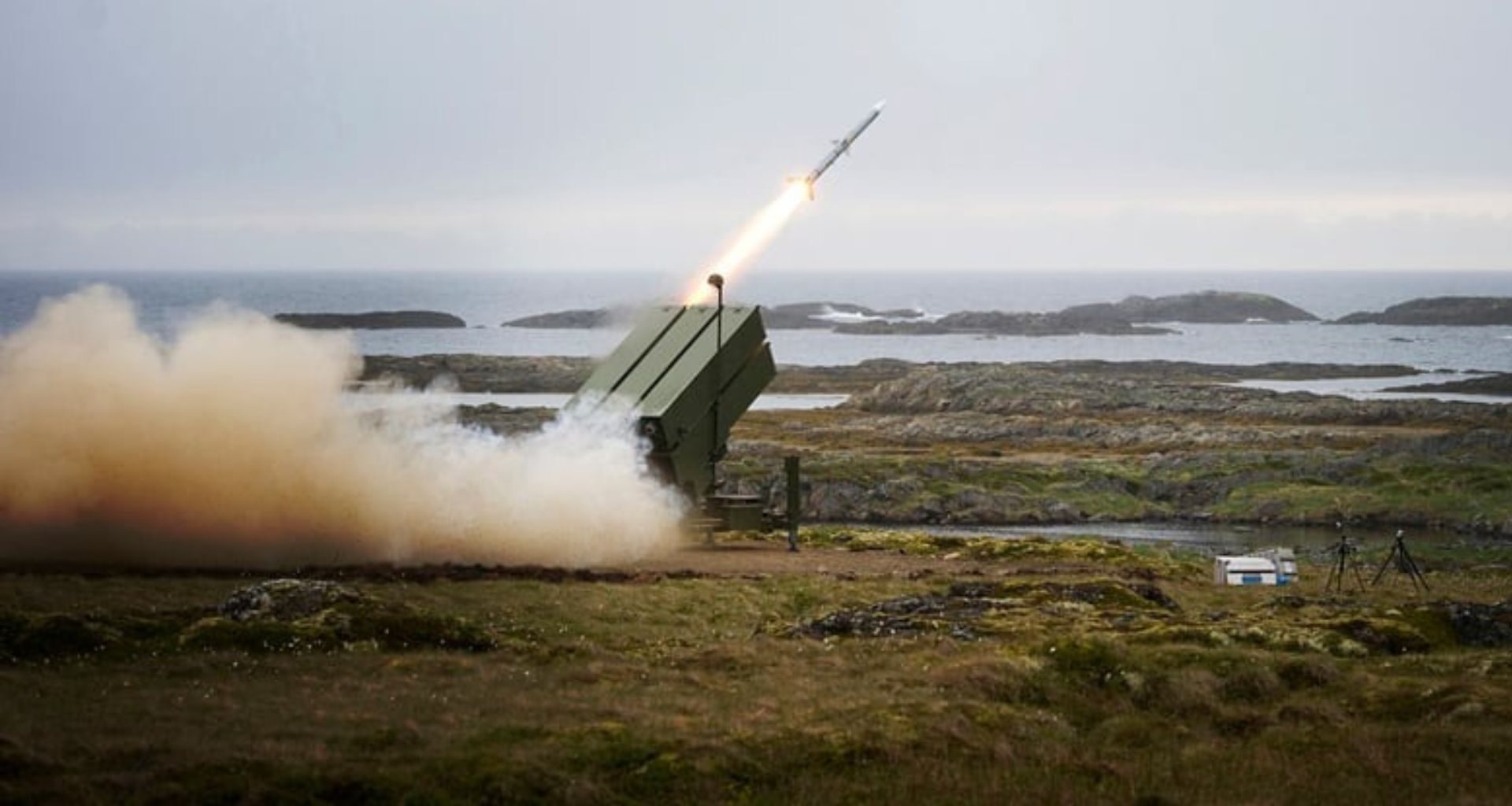In a European context marked by intensified efforts in air defense, Denmark has reached an agreement with Norway to lease a NASAMS (Norwegian Advanced Surface-to-Air Missile System) in 2025. This temporary measure is intended to reinforce Denmark’s air defense capabilities while a permanent system is being established. The announcement was made by the Danish Ministry of Defence, which stated that the agreement was signed between the Danish Defence Acquisition and Logistics Organization (DALO) and its Norwegian counterpart, the Norwegian Defence Materiel Agency.
Follow Army Recognition on Google News at this link
NASAMS is a modular medium-to-long-range air defense system developed by Kongsberg Defence & Aerospace in cooperation with Raytheon, primarily using the AIM-120 AMRAAM missile (Picture source: Kongsberg)
The system will be prepared at Ørland Main Air Station in Norway, where it will undergo a series of technical tests and maintenance procedures to ensure it is fully operational before transfer. Meanwhile, Danish air defense artillery personnel will receive specialized training in Norway to become familiar with operating the system.
NASAMS is a modular medium-to-long-range air defense system developed by Kongsberg Defence & Aerospace in cooperation with Raytheon, primarily using the AIM-120 AMRAAM missile. Each mobile launcher can carry up to six ready-to-fire missiles and engage six different targets simultaneously. The system includes a Fire Distribution Center (FDC), an AN/MPQ-64F1 Sentinel 3D radar, passive electro-optical sensors, and remotely deployable launch units. Its architecture allows up to twelve launchers to be integrated into a single battery, providing high-volume simultaneous engagement capability against aircraft, helicopters, drones, or cruise missiles. NASAMS is also compatible with AIM-9X Sidewinder and RIM-162 ESSM missiles, with interception capabilities reaching up to 40 km in range and 14 km in altitude.
Colonel Jan Toft, head of Denmark’s Ground-Based Air Defense development program, emphasized the speed with which the agreement was reached, attributing it to strong Nordic cooperation. He referred to it as a demonstration of regional coordination in a shifting security environment.
The loan is part of a broader effort to rapidly reinforce Denmark’s air defense. In response to NATO requirements and evolving threats, Copenhagen launched an accelerated acquisition program funded through the Accelerationsfonden, with a budget exceeding $570 million. Three short-range air defense systems are being procured: the IRIS-T SLS from Germany’s Diehl Defence, the MICA VL from France’s MBDA, and the Norwegian NASAMS. The latter, provided on a temporary basis, will serve as an interim capability until the German and French systems are delivered, starting in 2026.
These systems will be integrated into Denmark’s overall air defense structure, in coordination with missile frigates and fighter aircraft. As part of the same modernization effort, Denmark has also approved the purchase of four GlobalEye airborne early warning aircraft from Sweden. These platforms are equipped with Erieye AESA radars, offering aerial surveillance coverage up to 650 km and ground target detection up to 425 km. The radar is also capable of detecting drones at distances ranging from 100 to 600 km, enhancing Denmark’s multidomain situational awareness.
A final decision on Denmark’s permanent air defense system is expected later in 2025. In the meantime, the country continues to pursue a strategy of rapid and modular defense reinforcement to address current capability gaps and maintain its role within NATO’s collective security framework.
